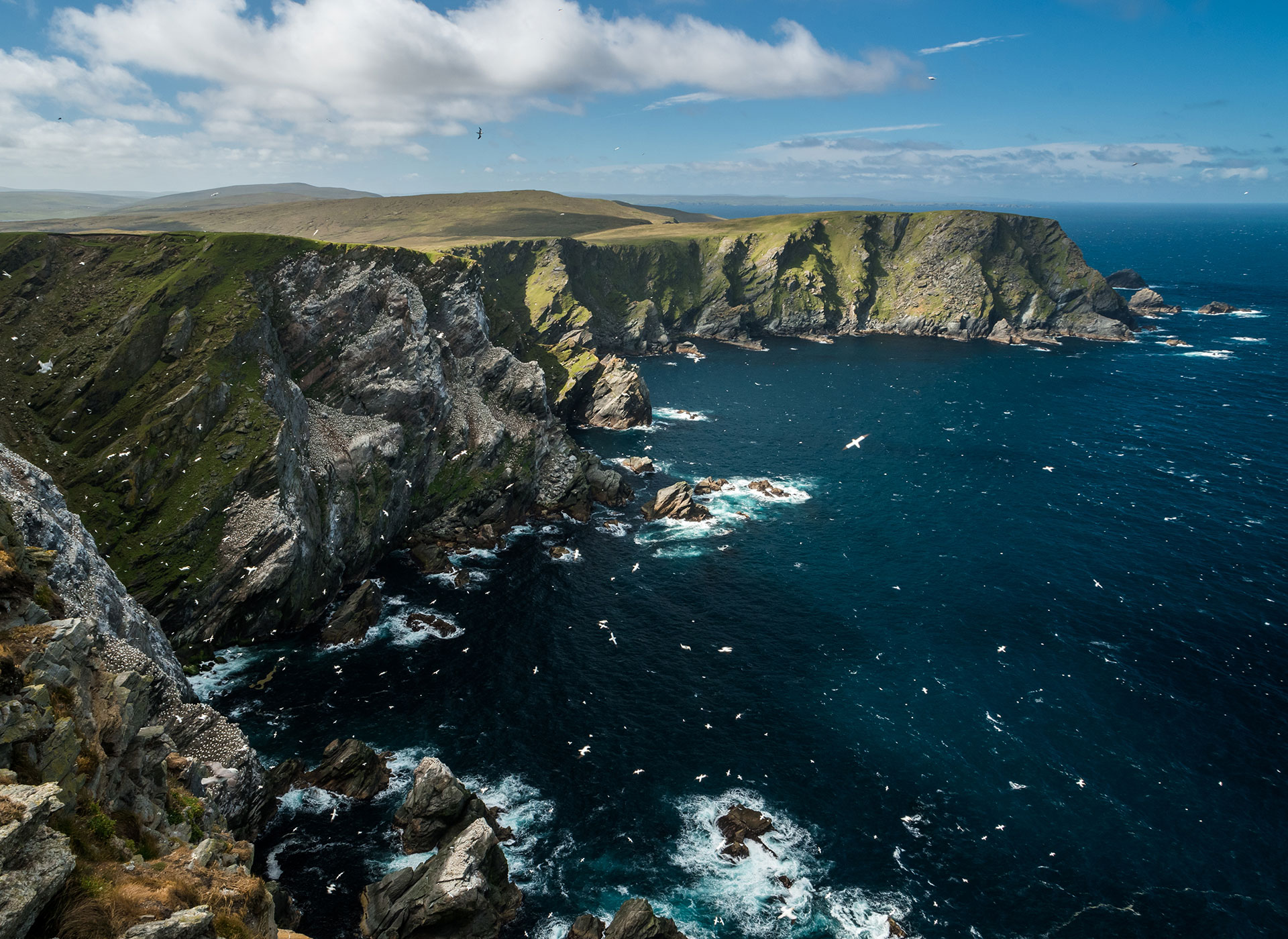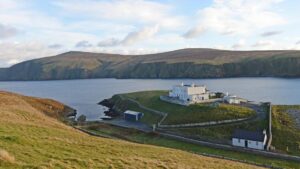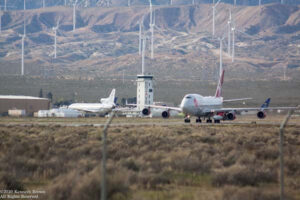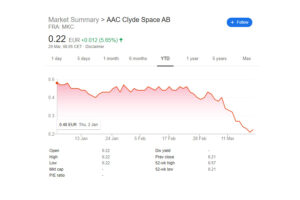Security Measures for Shetland Space Centre Operations
5th Mar 2021
Satellites in Earth’s orbit are of great benefit to mankind. The information received from them is necessary for the development of the industrial and agricultural sector, business, nature protection, and state security. However, the use of high-power rocket engines and the combustion of large quantities of fuel can cause significant harm to living and non-living environments. Shetland Space Centre says rocket launches from the new spaceport on the island of Unst will be safe for everyone.
The remote location of the Shetland Space Centre
After the commissioning of the spaceport is completed, it is planned to carry out up to 30 launches per year and although the launch vehicles will stay in the atmosphere for no more than 30 seconds, the first key step of the Shetland Space Centre was to choose a safe place for the construction of the spaceport. It was the Lamba-Ness territory on the Unst Peninsula – the northernmost point of the Shetland Islands since high latitudes are optimal for launches into polar and sun-synchronous orbits. Launches with Unst will be carried out north towards the sea at a great distance from residential settlements, oil fields, military ranges, farmland etc.
Such conditions guarantee the absence of loud noise for locals, reduce the danger of spent parts of any rocket or debris falling in the event of an accident near settlements, commercial or industrial facilities.
Specialists at the Shetland Space Centre were also concerned about wildlife. An in-depth study of the impact of space travel on the wildlife of the Shetland Islands led to the decision to carry out any launches after the nesting season in order to preserve various species of birds, including rare ones.
Orbital launches without consequences
The public were also concerned that vibrations from rocket launchers could affect the earth’s crust and cause earthquakes. Experts say that there is no such danger since studies have proven that there is no subsidence of the soil on Lamba-Ness and no tendency of tectonic plates to move. In addition, ABL Space Systems’ RS1 rockets for the main operator of SSC, Lockheed Martin, will be small and lightweight, eliminating high vibration.
The harm from fuel combustion emissions is also minimized. The Shetland Space Centre states that the vehicles approved for launch will use the RP-1 fuel type based on highly purified kerosene, which is close to aviation fuel in terms of properties. SSC also plans to partner with several startups that are developing clean fuels for their spacecrafts.
Two and three-stage rockets will dump spent parts into the water at a distance of up to 1100 km from the coast. These landing places are easily predicted; therefore, in case of danger, precautions will be taken in time. The UK government is already in talks with Norway, the Faroe Islands, and Iceland for agreements to allow discarded stages to enter international waters.
Each country, developing the space industry, defines its safe rocket launch zones and regulates the activities of specialized companies with the appropriate legislative framework. As citizen safety is a priority for the UK, Shetland Space Centre and other UK spaceports will only be licensed to operate if all requirements are met.






Thank you for your comment! It will be visible on the site after moderation.